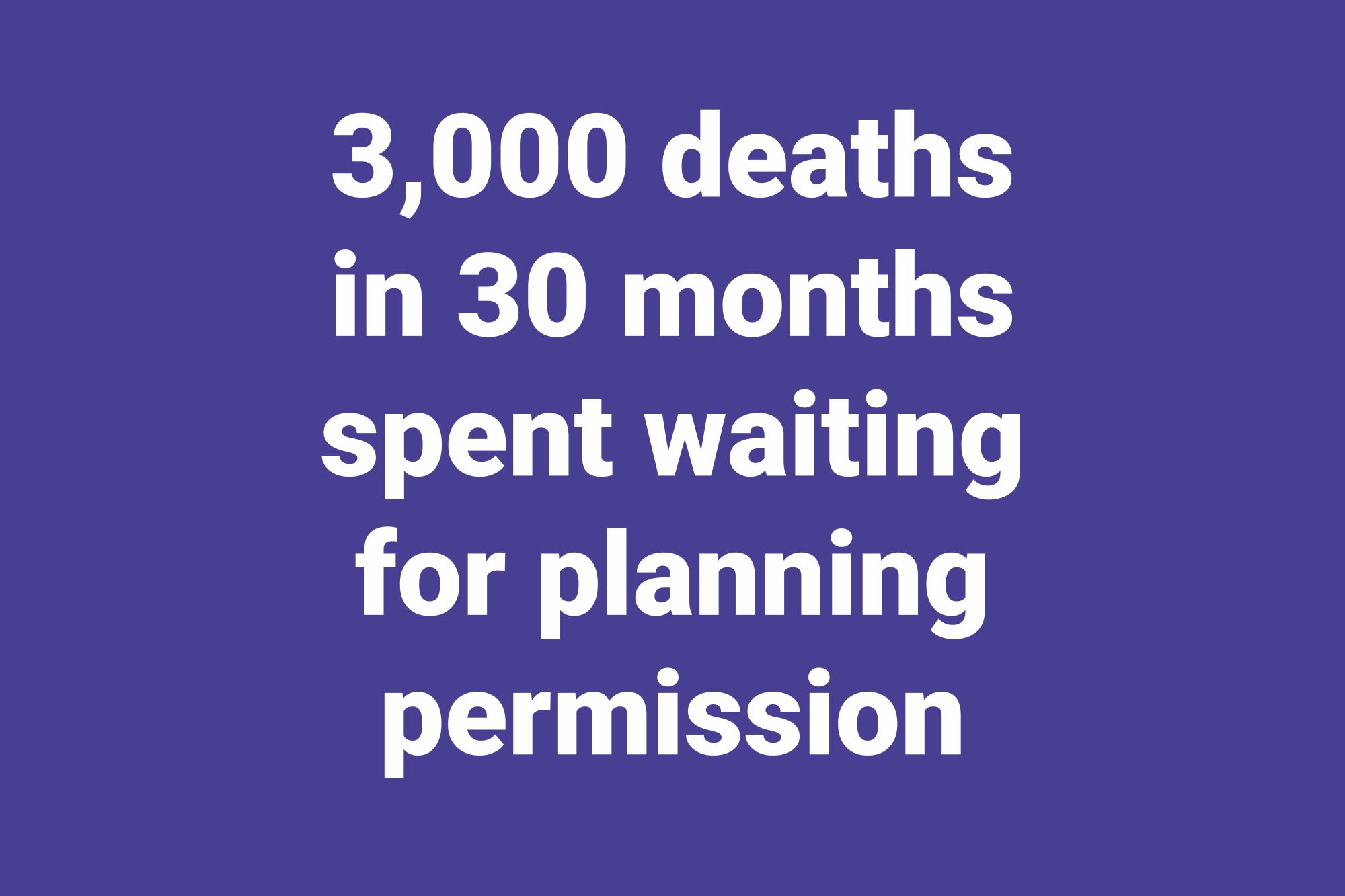How house building can revolutionise health outcomes and drive science
Clare Pelham, Chief Executive
| Epilepsy Society
Clare Pelham, Chief Executive at the Epilepsy Society explains how brave and far-sighted planning decisions could ultimately save lives
How could a housing development in the South East improve health outcomes for people in the North and help cement the UK’s reputation as a world leader in life sciences? Hear me out.
The government is on a mission to build 1.5m new homes in the next five years. It wants to address the housing shortage, and we naturally tend to see the plans as a means to unlock front doors for millions of people across the country. But building wisely could unlock so much more.
In a separate corner of Westminster, the government’s industrial strategy is seeking to renew the UK’s leadership in life sciences, using bold innovation to drive economic growth. Next door, Wes Streeting and his health bods want to build an NHS fit for the future.
The individual goals may feel departments apart, but there is more than a thread of silver that links all three ambitions. Bricks and mortar could deliver new homes, better health and drive scientific research in one fell swoop.
Social media has broken down the geographical boundaries that erstwhile kept us in our tribal places, yet we still tend to view housing and the benefits of new homes at a very local level. But planning permission in one part of the country could put better health facilities and treatments within the reach of people across the UK who are currently underserved and missing out. Planning permission could set in motion economic benefits to the NHS and public sector as a whole. And it could simultaneously elevate our position as world leaders in science.
Charities – or at least some of us – are in the privileged position of being able to start the ball rolling.
 The Epilepsy Society is possibly among the oldest charities in the UK, founded in the late 19th century when pioneering neurologists prevented people with epilepsy from ending up in poor houses or gaols, by providing them with employment away from the smog of Victorian England. They bought land, 300 acres of it, and they ploughed the fields and scattered.
The Epilepsy Society is possibly among the oldest charities in the UK, founded in the late 19th century when pioneering neurologists prevented people with epilepsy from ending up in poor houses or gaols, by providing them with employment away from the smog of Victorian England. They bought land, 300 acres of it, and they ploughed the fields and scattered.
But farming land won’t stop epileptic seizures. It didn’t then and it won’t now. Developing land, however, could. By releasing less than 40 per cent of our land for housing, the charity is forecasting a land receipt of £102 million, funds which could be ploughed directly into epilepsy research, accelerating the speed of diagnosis and improving treatment options, not just for people in the South East where we are based, but across the UK.
The prevalence of epilepsy in the North is up to 40 per cent higher than it is in London. Yet the highest concentration of neurologists are found in London, with the lowest numbers in the North East where prevalence and incidence of the disease peaks.
In 2019, neurological conditions cost the economy £96 billion due to lost productivity. The cost to the economy of idiopathic epilepsy alone, was £1.7 billion.
According to The Economist Impact report 2023 The value of action: mitigating the impact of neurological disorders in the United Kingdom, treating everyone with epilepsy with the appropriate medication could reduce the economic burden by 52 per cent. In 2022/23, just 36 per cent of people with epilepsy were employed, compared with 81 per cent of people without a disability. But we can’t help reduce the burden while our wealth is locked in legacy land bought by our forefathers. Growing potatoes won’t cure epilepsy.
By building around 1,000 houses on our land, we could not only provide much needed homes and affordable houses for local people, but we could double the number of patients we treat from 5,000 per annum to more than 11,000. We could increase our research capacity with the recruitment of 100 more researchers and 10 professors (the key to better diagnosis and new treatments); create new NHS care pathways, reducing patient time in hospital; and increase the number of genomes sequenced on site, generating millions of pounds in savings to the NHS every year.
As a charity we are obliged by the Charity Commission and the Charities Act 2011, to make the best use of our charitable assets for our beneficiaries. But our land is located within the Green Belt and the local council is dragging its heels over any sort of decision.
It is now 30 months since we submitted our planning application. In that time, 3,000 people have died of epilepsy-related causes, many of them young people. Yes, epileptic seizures can be fatal. Hence the urgency for joining the dots between housing, science and healthcare.
We’re not asking anyone for money. We’re just asking to dig up the wealth in our land and convert it to research and better treatment options for people with epilepsy. It could save the NHS and public sector £317m per year. Most significantly, it could save lives.
